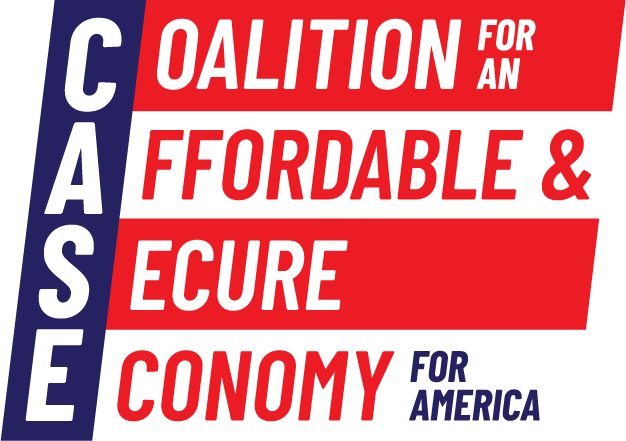In the last election, Americans delivered a resounding mandate: lower prices, strengthen the economy and pass pro-growth policies. Yet, 50 days into the new administration and Congress, inflation is still squeezing household budgets and voters are confronting a harsh reality — one that falls short of what they had hoped.
What the American people voted for:
- Lowering The Cost Of Living.
- According to exit polls from CBS News, 75% of voters reported that inflation had caused moderate or severe hardship for them over the past year, with 45% saying they were worse off now than they were four years ago.
- According to a February 2025 Harvard CAPS-Harris poll, the issue most frequently identified as the country’s top concern by respondents was rising prices and inflation.
- Extending Tax Cuts.
- In December, nearly half of all voters polled by Fox News said cutting taxes is extremely important.
- President Trump’s political pollster recently found that a majority of Trump voters and swing voters support extending the Tax Cuts and Jobs Act.
- Growing the Economy.
- Four in 10 voters said the economy was the most important issue facing the country (39%) and that inflation was the single most important factor to their vote, a 2024 Fox News Voter Analysis found.
- Most people have negative views about the economy, according to a new Washington Post-Ipsos poll, with more than 90% unhappy about food prices, about 75% concerned about gas and energy prices, more than 70% unhappy with average Americans’ incomes and a majority criticizing the unemployment rate.
What the American people are getting:
- Economic Uncertainty And Inflation.
- “I keep hoping, but I do find it disappointing that nothing has changed…I keep hearing the president say housing is going to get cheaper, prices are going to come down, but I haven’t seen it.” — Jimmy Loyd, a prep cook who makes about $16 an hour – and a Trump voter in the 2024 election. (The Washington Post, 3/10/25)
- “I wasn’t expecting to see something drastic, but something lower than what we’re paying now…I was hoping they were going to give a stimulus to offset the eggs and the bread being expensive, but they’re not saying if there’s anything there.” — Christi Bunting a 40 year old unemployed single mother from New Jersey (The Times, 3/3/25)
- Business Instability.
- “Farmers are frustrated. Tariffs are not something to take lightly and ‘have fun’ with. Not only do they hit our family businesses squarely in the wallet, but they rock a core tenet on which our trading relationships are built, and that is reliability. Being able to reliably supply a quality product to them consistently.” — American Soybean Association President Caleb Ragland (American Soybean Association, 3/4/25)
- “I’ve been in this industry since 1997, and I’ve never seen anything like this before,” he said. “We’ve turned back the clock more than 100 years and returned to protectionism.” – Ricardo Ahumada, a customs broker based in Texas. (Houston Chronicle, 3/10/25)
- Stock Market Volatility.
- “President Donald Trump’s tariffs have spooked investors, with fears of an economic downturn driving a stock market sell-off that has wiped out $4 trillion from the S&P 500’s peak last month.” (Reuters, 3/10/25)
- “While we did expect growth-constraining policies (tariffs and immigration controls) to precede growth-supportive initiatives (tax cuts and deregulation), their severity has been greater than we anticipated. This is especially the case with tariffs, which have come in faster and broader than we had penciled in.” (Morgan Stanley growth forecast, 3/10/25)

